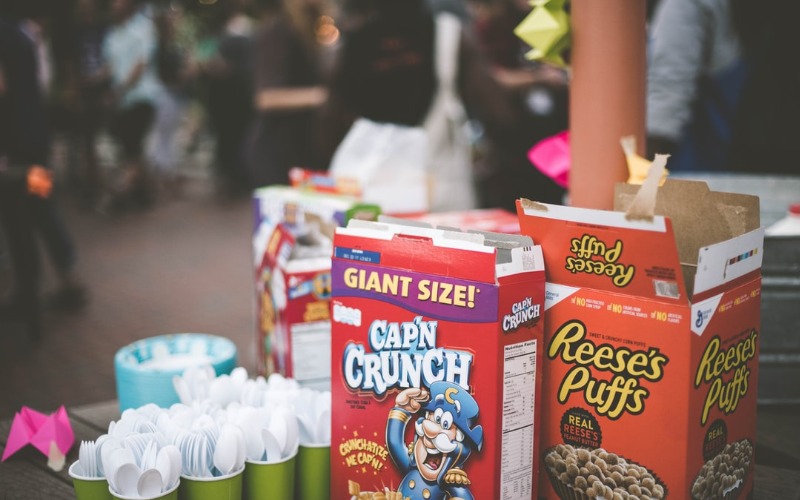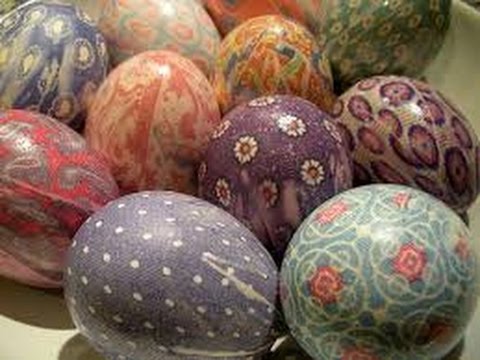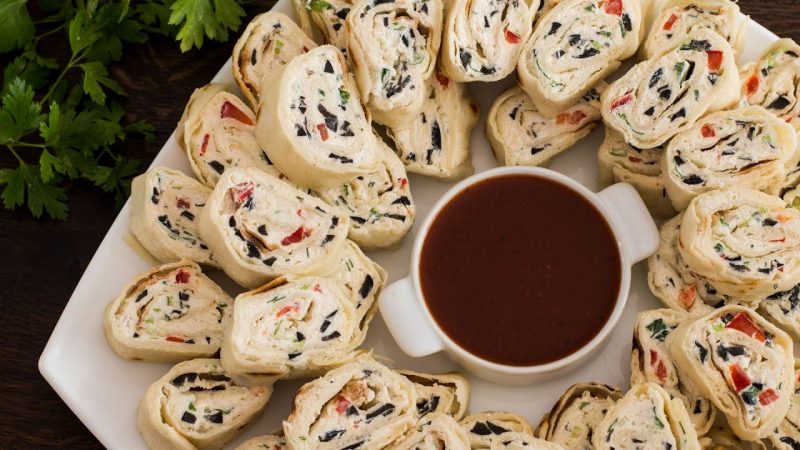A bowl of cereal alone shouldn’t give you or your kids the shakes first thing in the morning. But considering the amount of sugar in these breakfast favorites, don’t be too surprised if you start feeling a little rattled. Here are some of the least healthful breakfast cereals marketed directly to children according to the Rudd Center for Food Policy and Obesity at Yale University, which studied 277 different types of cereal and ranked them based on a variety of health factors. Don’t be surprised if they’re among your adult favorites too. (This might just change your grocery shopping habits.)
10. Froot Loops
Contents
These colorful loops, not surprisingly, are among the least healthful breakfast cereals. Regular Froot Loops are 41 percent sugar and 10 percent fiber, plus red, blue, and yellow dyes. But the Marshmallow version is even worse. They’re 48 percent sugar and 7 percent fiber.
9. Corn Pops
Certain cereals are just as sugary as a glazed doughnut, according to Consumer Reports findings last year. “We studied how 91 youngsters, ages 6 to 16, poured their cereal and found that, on average, they served themselves about 50 percent to 65 percent more than the suggested serving size for three of the four tested cereals,” it said. Corn Pops are 41 percent sugar and have no fiber at all, according to Rudd Center studies.
8. Reese’s Puffs
“Reese’s Puffs is an interesting case because it’s the worst brand in terms of nutrition in our study,” and much of its advertising targets African Americans, notes Jennifer Harris, Rudd Center marketing director. “In its TV advertising, there are only black actors and on their Web site, it’s all about Reese’s puffs raps with black animated characters saying ‘get your bling,’” Harris explains. African Americans already have higher rates of obesity, so that was disturbing. Reese’s Puffs are 41 percent sugar and 3 percent fiber and contain red, yellow, and blue dyes.
7. Fruity and Cocoa Pebbles
These colorful breakfast bits have at least one redeeming quality: they’re fairly high in fiber. But that “doesn’t make a huge difference. Sugar is really the most disturbing thing about this. All Americans eat too much sugar, and if you serve that much sugar at breakfast, that takes up their sugar allocation for the day,” Harris says.
Plus, the Post cereals website, Postopia.com, features games for kids that aren’t accessible unless you have a Post token, which you can only get by buying the cereal, Harris notes. And the majority of these kid-focused cereal websites feature breakfast favorites with poor nutrition ratings, the Rudd study found. Fruity and Cocoa Pebbles are 37 percent sugar and 10 percent fiber and clearly may leach brightly-colored dye into your milk.
6. Frosted Flakes
“If you look at marketing literature and market research, it shows that the earlier you introduce brands to children and the more feelings you can associate with your brand, the more they’ll be involved in the brand,” Harris says. Enter Tony the Tiger. Frosted Flakes are 37 percent sugar and 3 percent fiber. The lower-sugar version is 26 percent sugar and doesn’t have any added artificial sweeteners.
5. Trix
With the “Trix are for kids” tagline, there’s no denying that the sugar-coated, colorful cereal is marketed to children as fun. And kids may be affected by these ads at a younger age that you might think. Two- to five-year-old kids saw sugary cereal ads more often (about 550 times per year) than adults (200 times per year). “The number of cereal advertisements viewed by preschoolers is disturbing. Children under age seven or eight years do not possess the cognitive abilities to understand the persuasive intent of advertising, and therefore have no ability to defend against its influence,” the Rudd Center report said.
“I’ve had many parents tell me their kids aren’t affected by ads,” says Harris, “[but] I think advertising affects kids in ways that parents don’t understand.” Trix are 38 percent sugar and 3 percent fiber, and contain red yellow and blue dyes.
4. Cocoa Puffs
This highly advertised chocolate lovers’ favorite is one of the worst when it comes to sugar, but at least there aren’t any artificial colors. And while it may be vitamin-fortified, among the cereal’s top three ingredients are sugar and corn syrup. And, as a bonus, fructose is added (we assume for good measure). Cocoa Puffs are 44 percent sugar and have 4 percent fiber.
3. Lucky Charms
Disturbingly, sometimes children’s cereals aren’t considered food so much as something to play with. “The same message is being used to market all of these cereals,” says Harris. “It’s all about fun.” In commercials, there’s so little information about the product that you might not even know it’s food, she adds. “This product is more of a toy than a food—a lot of them have bright colors and they come up with new shapes all the time.” Lucky Charms are 41 percent sugar and 4 percent fiber, and contain yellow, blue and red dyes, which brings them in as the third-worst cereal.
2. Honey Nut Cheerios
Honey Nut Cheerios are among a list of cereals advertised as “better for you” than other types of breakfast items, “however, these products are all significantly worse for you than other cereals in the General Mills portfolio,” according to the Rudd Center’s report. The cereal is touted as a “great-tasting way to help lower your cholesterol,” according to the brand’s website. “Bring these … along as a snack while doing the activities you love, and you can show your heart some love all day long!” the site suggests. But as you lower your cholesterol, you may be raising your blood sugar, since Honey Nut Cheerios are 32 percent sugar and 7 percent fiber.
1. Cinnamon Toast Crunch
Cinnamon Toast Crunch is one of the least healthful cereals marketed directly to kids based on sugar and fiber content and the presence of food dyes, among other factors, according to the Rudd Center. The researchers weren’t surprised to find that many sugary bowls of cereal are marketed to kids, but they didn’t expect to find that only sugary cereals target children, says Harris. “The more nutritious ones are marketed to parents, not kids,” she notes.
About 33 percent of Cinnamon Toast Crunch is sugar, according to the Center’s research, while its fiber content is only 3 percent. There’s a reduced sugar version of the breakfast favorite, but the sugar is replaced with Sucralose, an artificial sweetener.
Healthier Options
After digesting all of this sugar-crashing information, cereal lovers need not despair. Healthier options are available. Kellogg’s Mini-Wheats, for example, contains 10 percent fiber and as little as 2 percent sugar. If you’d prefer something a little sweeter, Kashi ranks as the best brand overall in terms of ingredients, according to the Rudd Center’s studies. And we’ve heard that Kashi Honey Sunshine cereal, which is about 20 percent sugar, tastes just like Honey Smacks, which is about 56 percent sugar.



